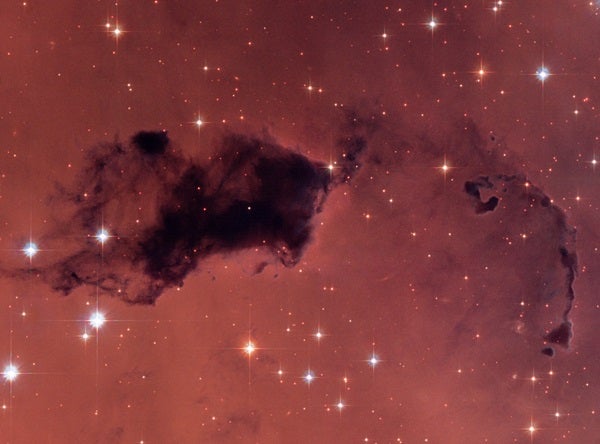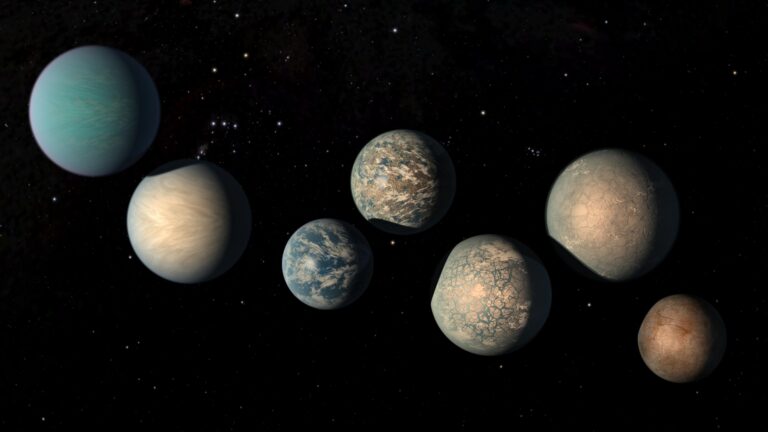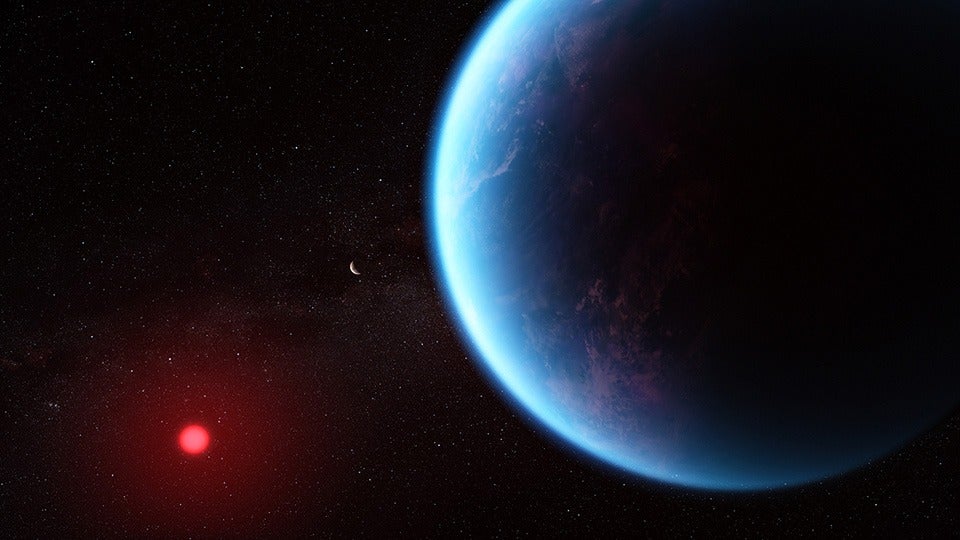“We looked at the chemistry within young molecular clouds containing a thousand times less oxygen than our Sun. To our surprise, we found we can get as much water vapor as we see in our own galaxy,” said Avi Loeb of the Harvard-Smithsonian Center for Astrophysics (CfA) in Cambridge, Massachusetts.
The early universe lacked elements heavier than hydrogen and helium. The first generation of stars is believed to have been massive and short-lived. Those stars generated elements like oxygen, which then spread outward via stellar winds and supernova explosions. This resulted in “islands” of gas enriched in heavy elements. Even these islands, however, were much poorer in oxygen than gas within the Milky Way today.
The team examined the chemical reactions that could lead to the formation of water within the oxygen-poor environment of early molecular clouds. They found that at temperatures around 80° F (27° C) abundant water could form in the gas phase despite the relative lack of raw materials.
“These temperatures are likely because the universe then was warmer than today, and the gas was unable to cool effectively,” said Shmuel Bialy of Tel Aviv University.
“The glow of the cosmic microwave background was hotter, and gas densities were higher,” said Amiel Sternberg from Tel Aviv University.
Although ultraviolet light from stars would break apart water molecules, after hundreds of millions of years an equilibrium could be reached between water formation and destruction. The team found that equilibrium to be similar to levels of water vapor seen in the local universe.
“You can build up significant quantities of water in the gas phase even without much enrichment in heavy elements,” said Bialy.
This current work calculates how much water could exist in the gas phase within molecular clouds that will form later generations of stars and planets. It doesn’t address how much water would exist in ice form, which dominates within our galaxy, or what fraction of all the water might actually be incorporated into newly forming planetary systems.










